
Kathmandu, October 25: The Supreme Court and Kathmandu District Court — both reduced to ashes in the recent Gen-Z uprising — are still struggling to resume normal operations, and it appears unlikely that full judicial services will be restored before mid-January (Poush).
According to court officials, the Gen-Z rebellion caused the most damage to case files at the Supreme Court and Kathmandu District Court, with about 933,000 case files destroyed. The process of reconstructing these records, along with repairing burnt buildings, courtrooms, and chambers, will take a long time, making it impossible to resume regular service immediately.
“There is no way to provide services without rebuilding the physical infrastructure. The Supreme Court’s web server itself was damaged — restoring it quickly is not possible,” said officials.
Following the uprising, the Dashain festival began, and except for urgent services such as habeas corpus petitions, arrest warrants, and marriage registrations, most other services at the Kathmandu District Court have been suspended.
Even at the Supreme Court, all services except habeas corpus have been halted. However, new writ petitions have recently been filed against the dissolution of Parliament and the recall of ambassadors. The hearing on the ambassador recall writ is scheduled for Sunday, and the hearing on Parliament’s dissolution is set to begin Tuesday.
All other procedures — such as obtaining hearing dates, filing complaints or responses, registering new cases or appeals — remain suspended at the Kathmandu District Court. An official notice has been issued providing a 30-day period for parties to respond once services resume.
Justice Kumar Chudal, one of the Supreme Court judges, is set to retire this Sunday, making two positions vacant at the apex court.
After Chudal’s retirement, the Supreme Court will have 18 justices under the leadership of Chief Justice Prakashman Singh Raut. Raut, who had said, “Let others handle their areas; I will take responsibility for mine,” took over as Chief Justice less than a year ago — and now the court lies in ashes.
It still remains unclear who actually benefited from the Gen-Z uprising of Bhadra 24 (early September), during which the Supreme Court was deliberately targeted, set on fire, and devastated — or who the key planners and instigators were.
Among the 933,000 destroyed case files from courts across the country, the majority belonged to the Supreme Court, Kathmandu District Court, Kapilvastu District Court, and Kaski District Court. Whether the Gauri Bahadur Karki Commission will investigate the incident or whether a separate judicial inquiry committee will be formed is still uncertain.
Observers are questioning what responsibility Chief Justice Raut took when he said he would “take charge of his own domain,” given the scale of destruction under his leadership. There are also questions about whether then–Prime Minister KP Sharma Oli, who led the executive during the rebellion, should also share accountability. The Nepal Army has already issued a statement refuting Raut’s public remarks, signaling that the military too is dissatisfied with him.
People’s News Monitoring Service.





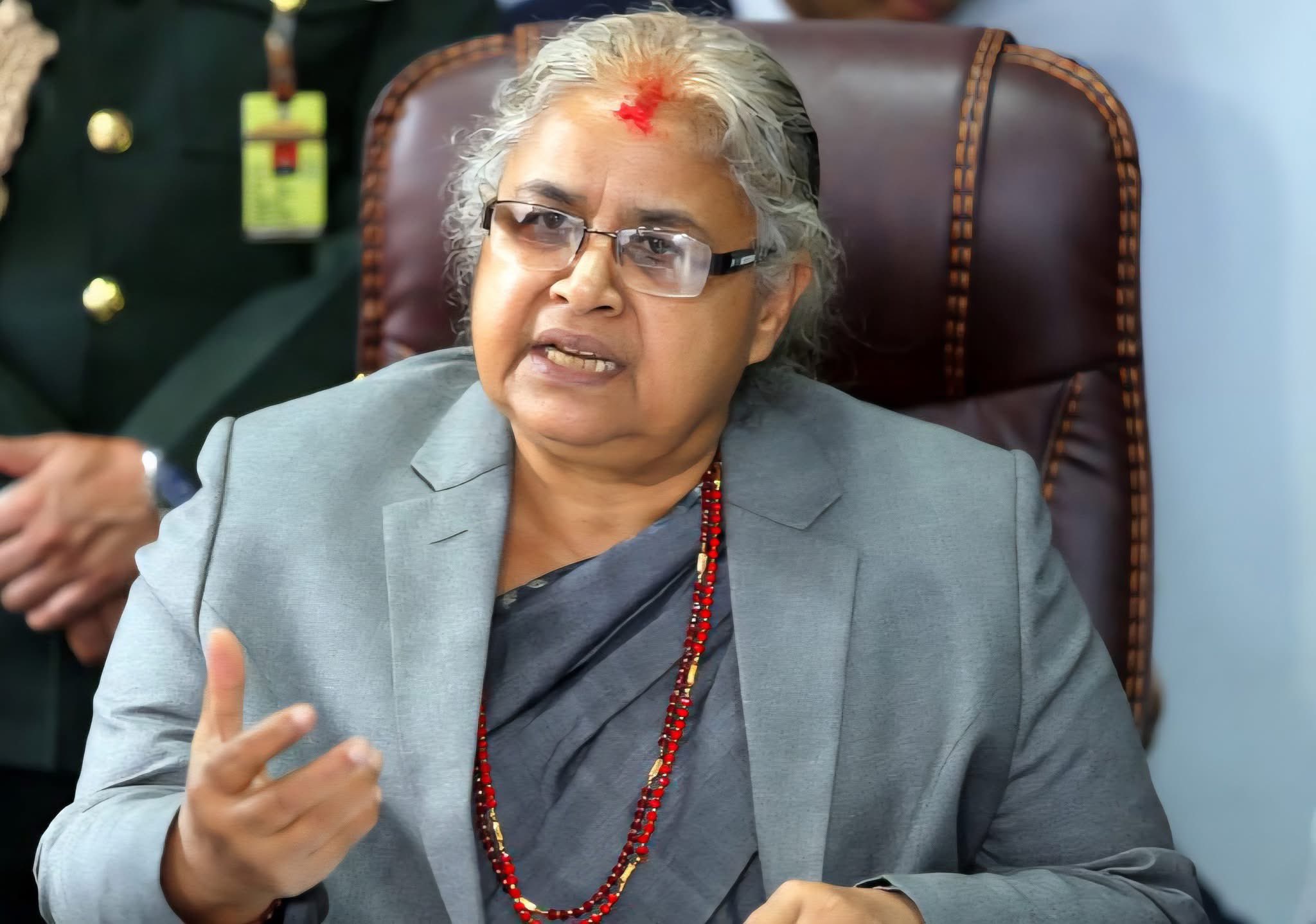
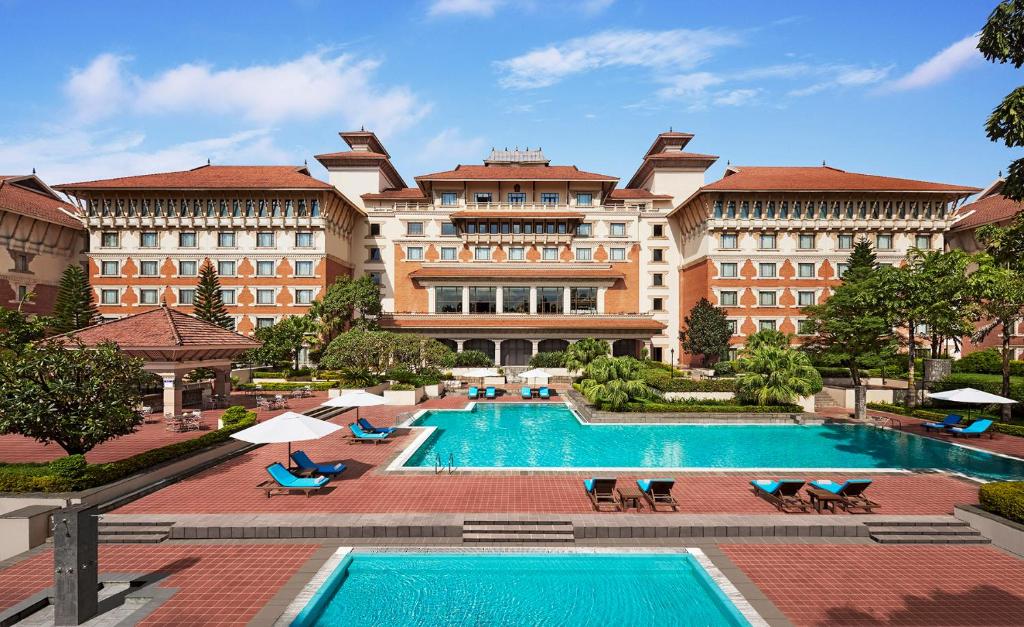
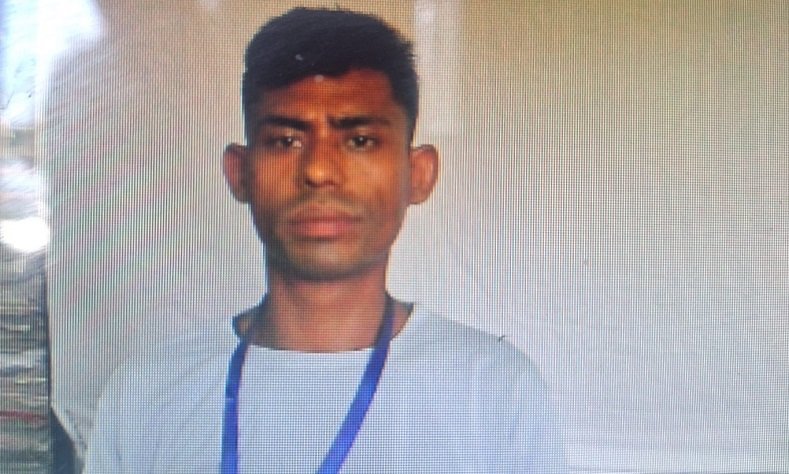
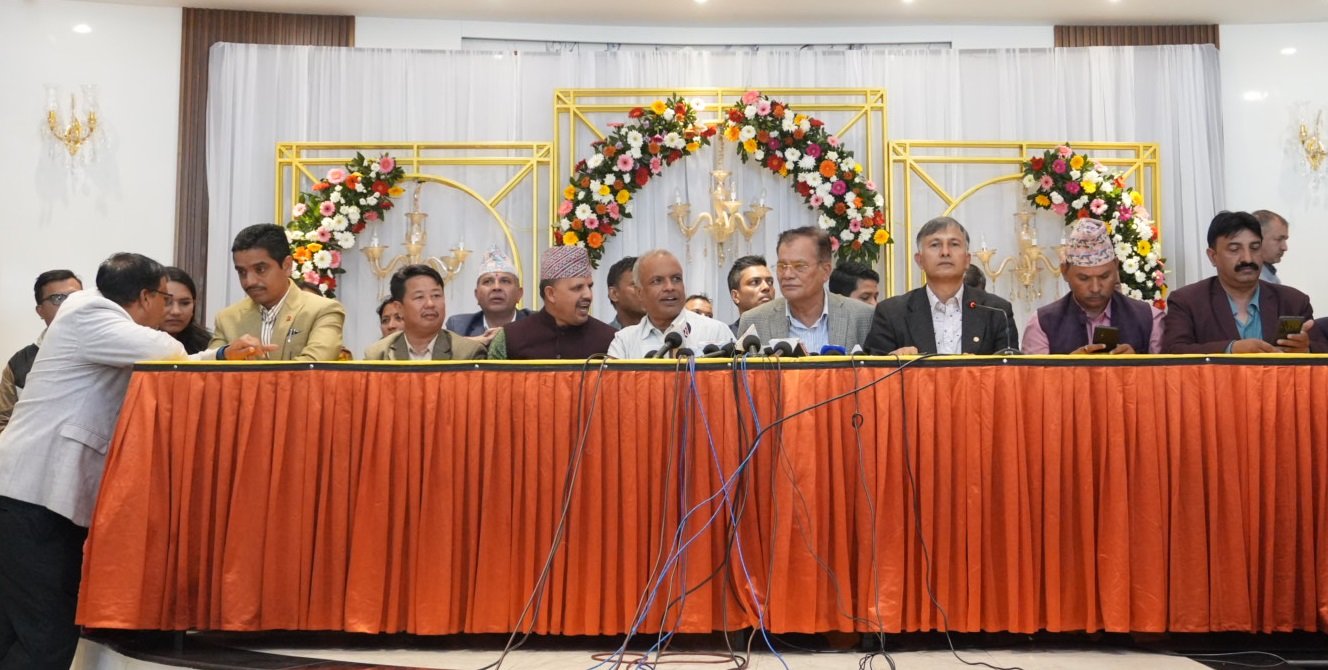
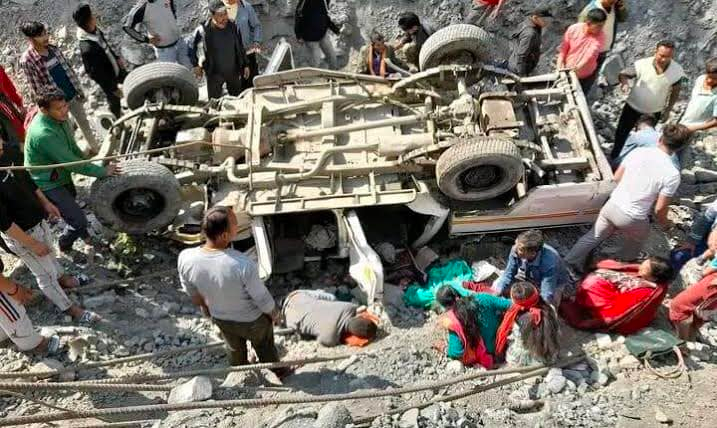
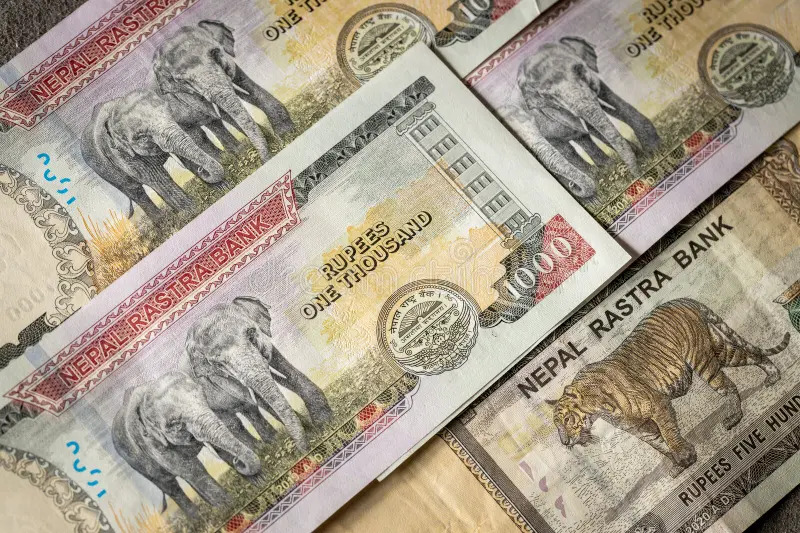
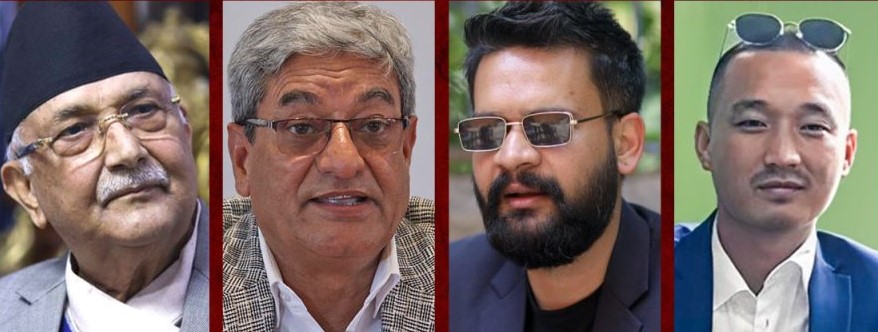
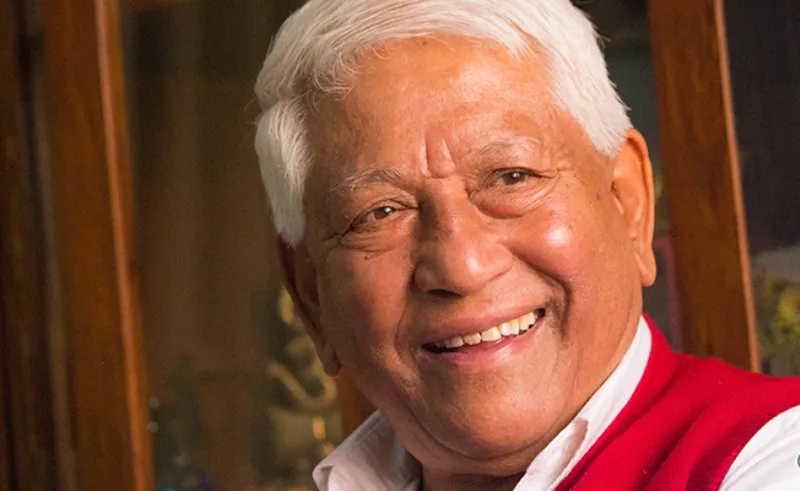

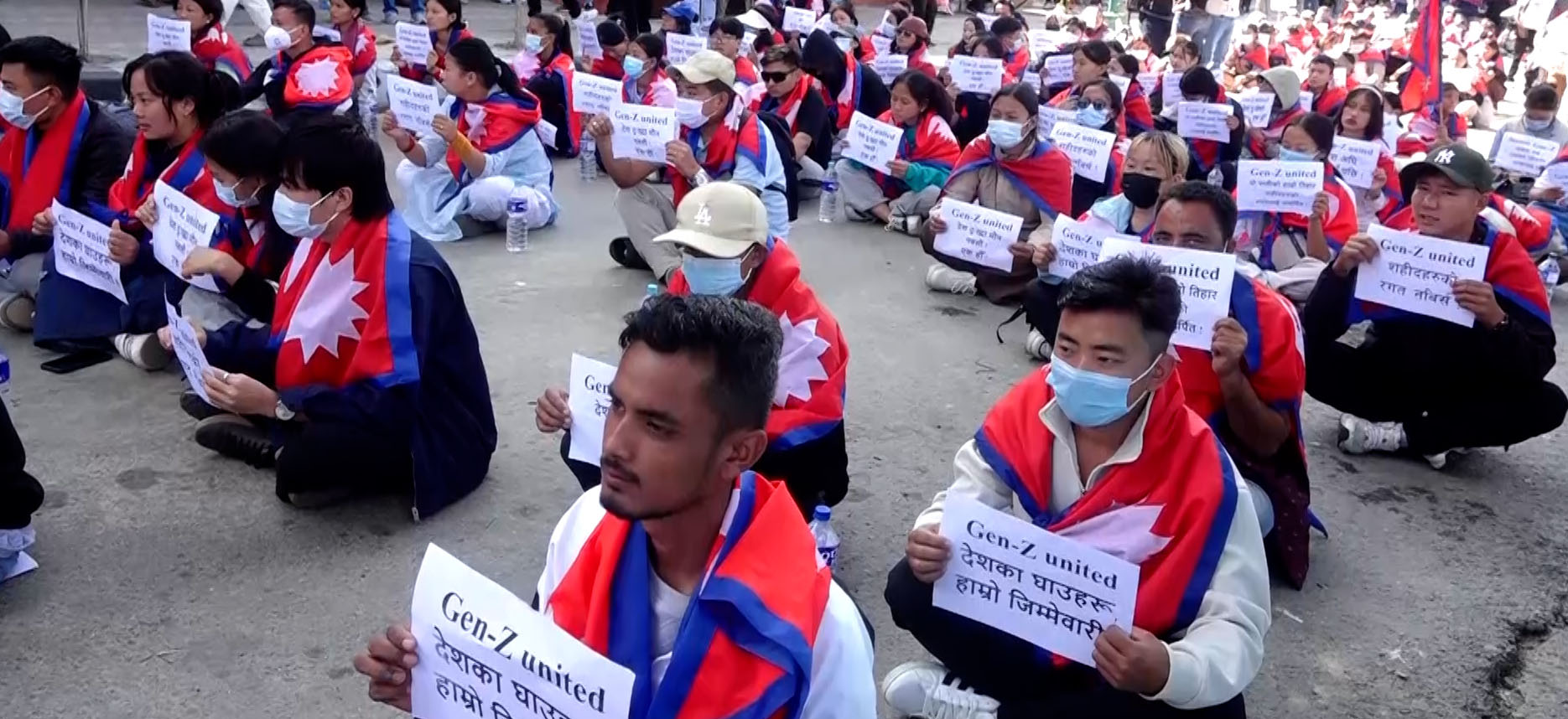

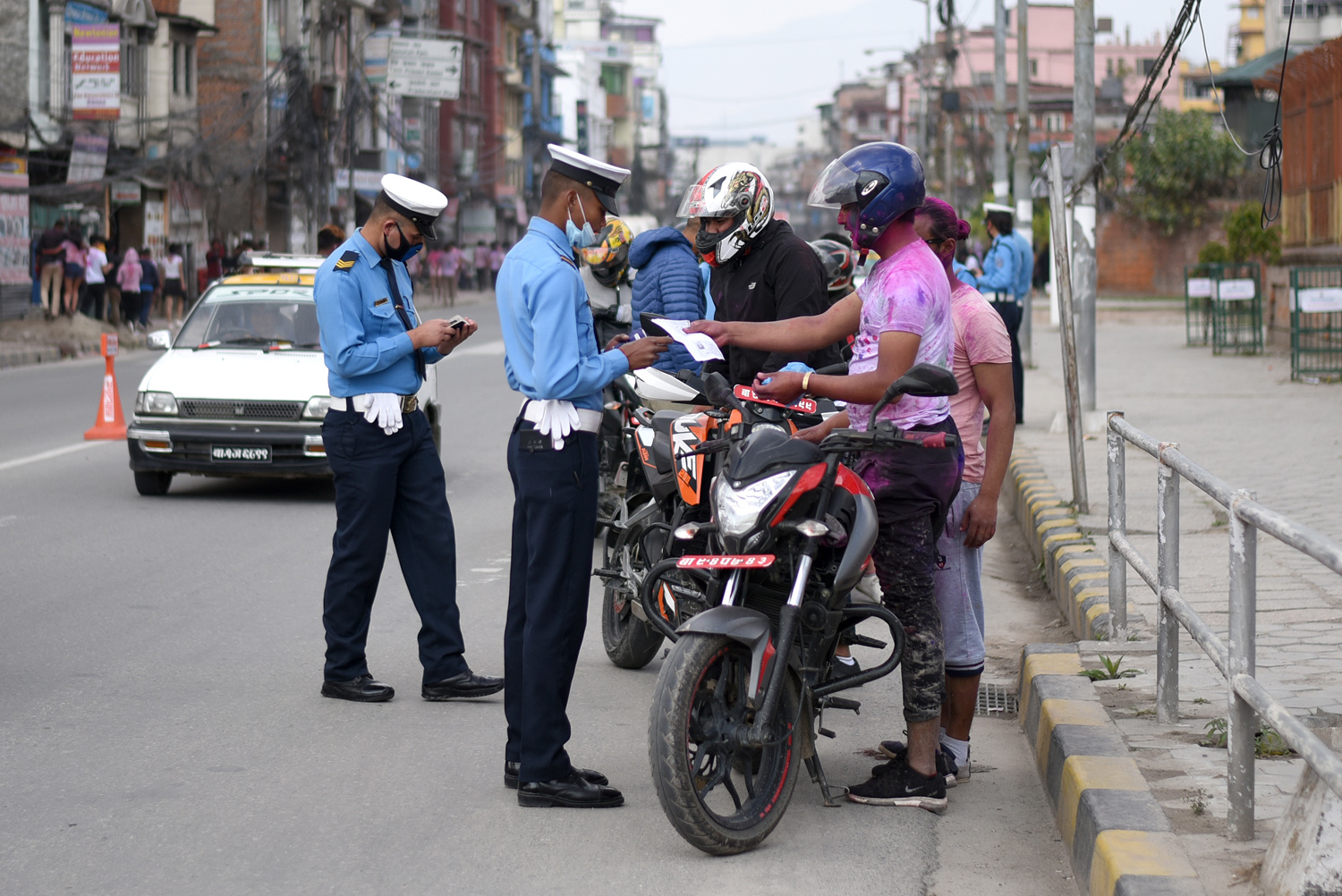
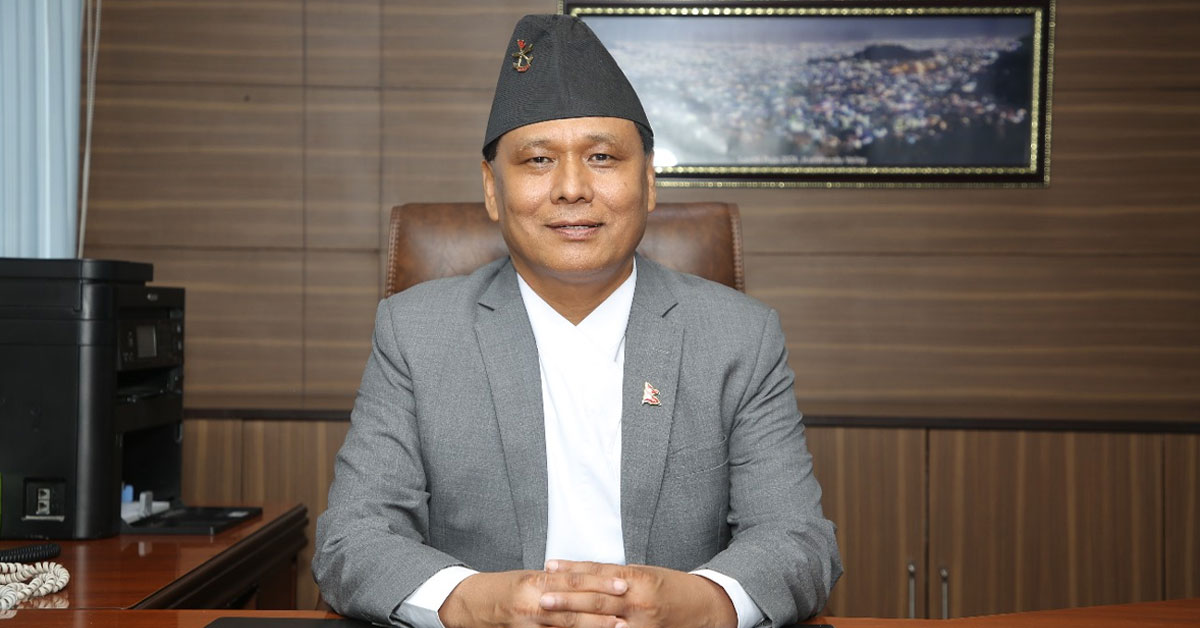
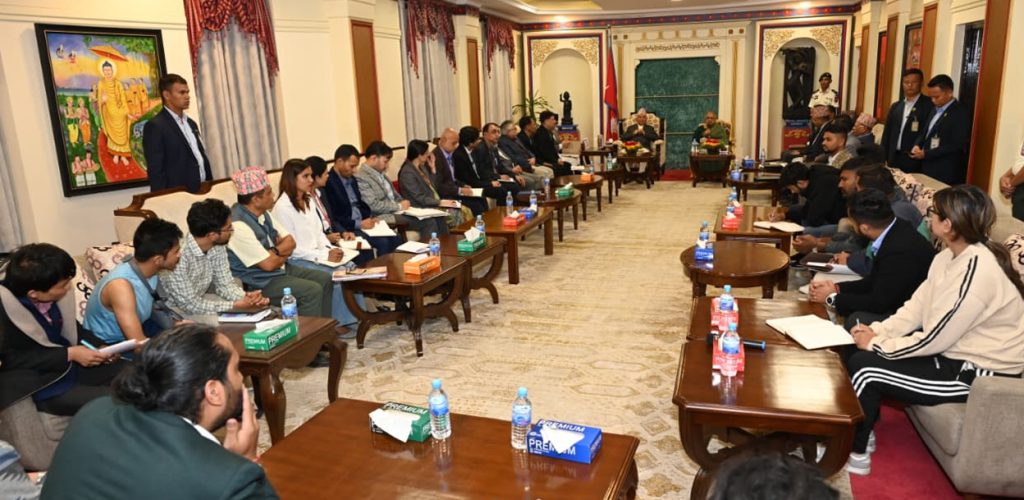
Comments:
Leave a Reply